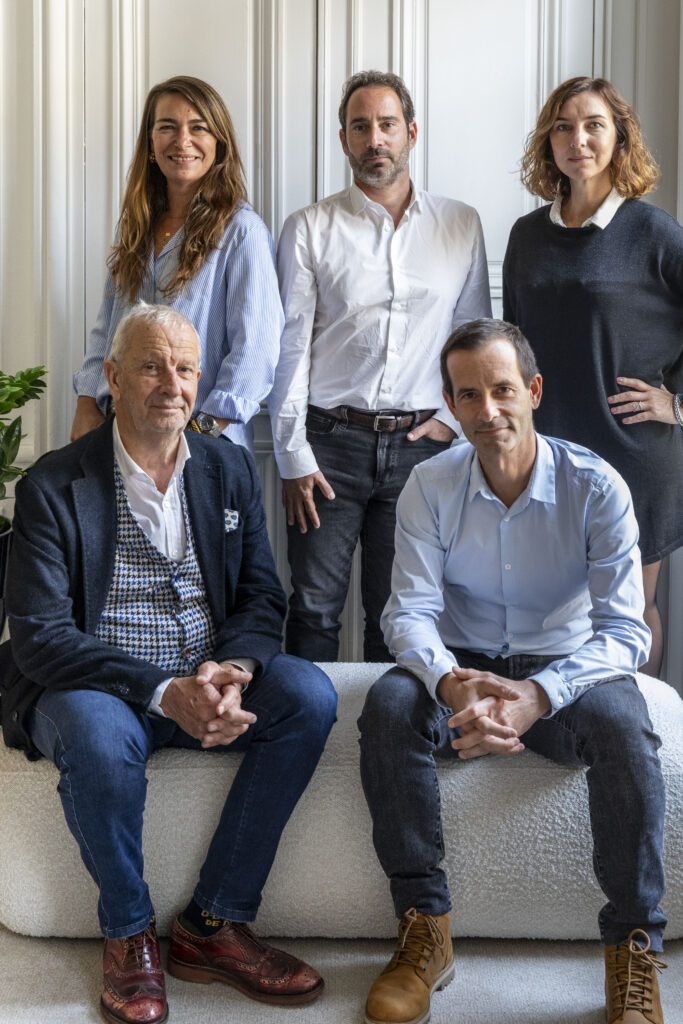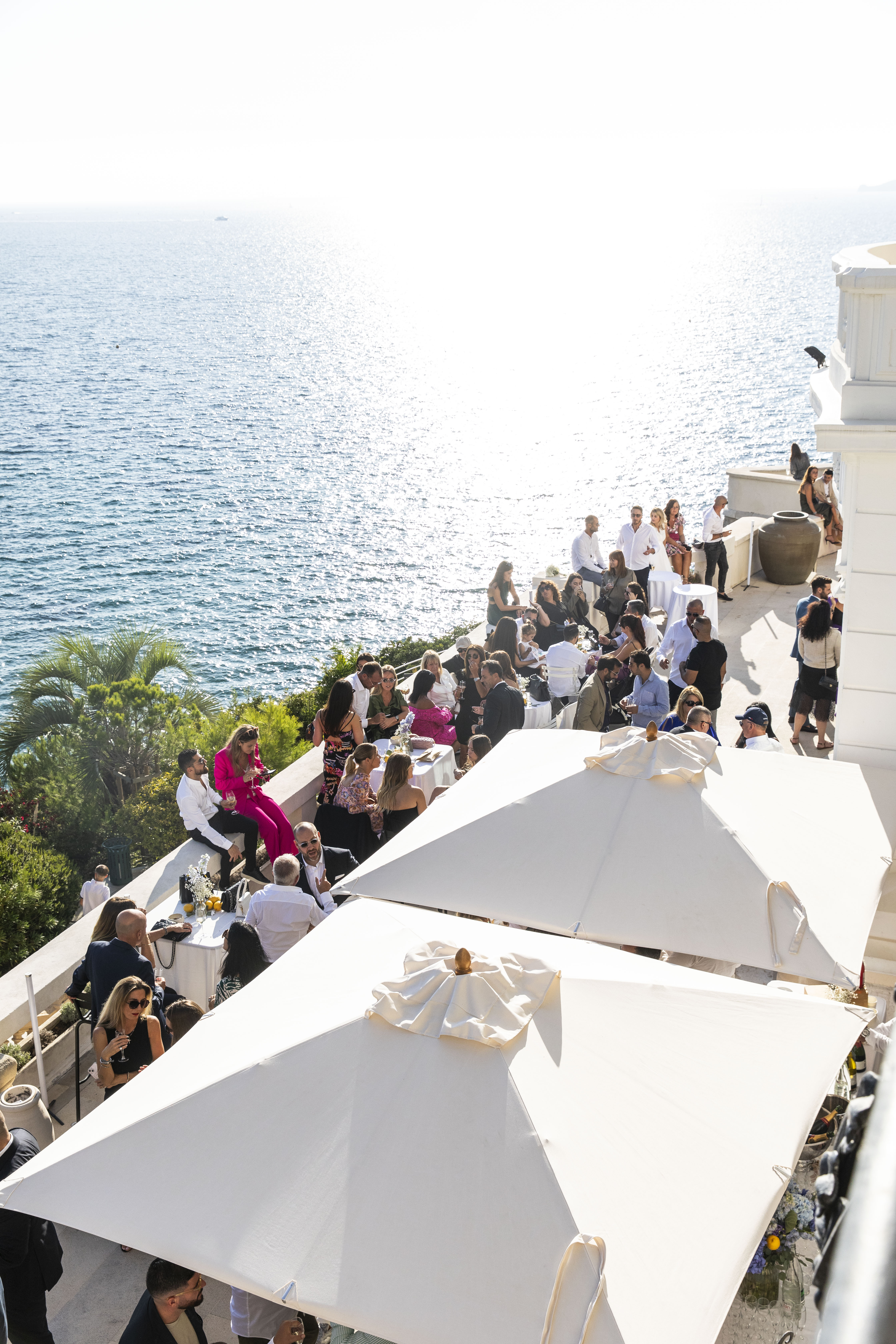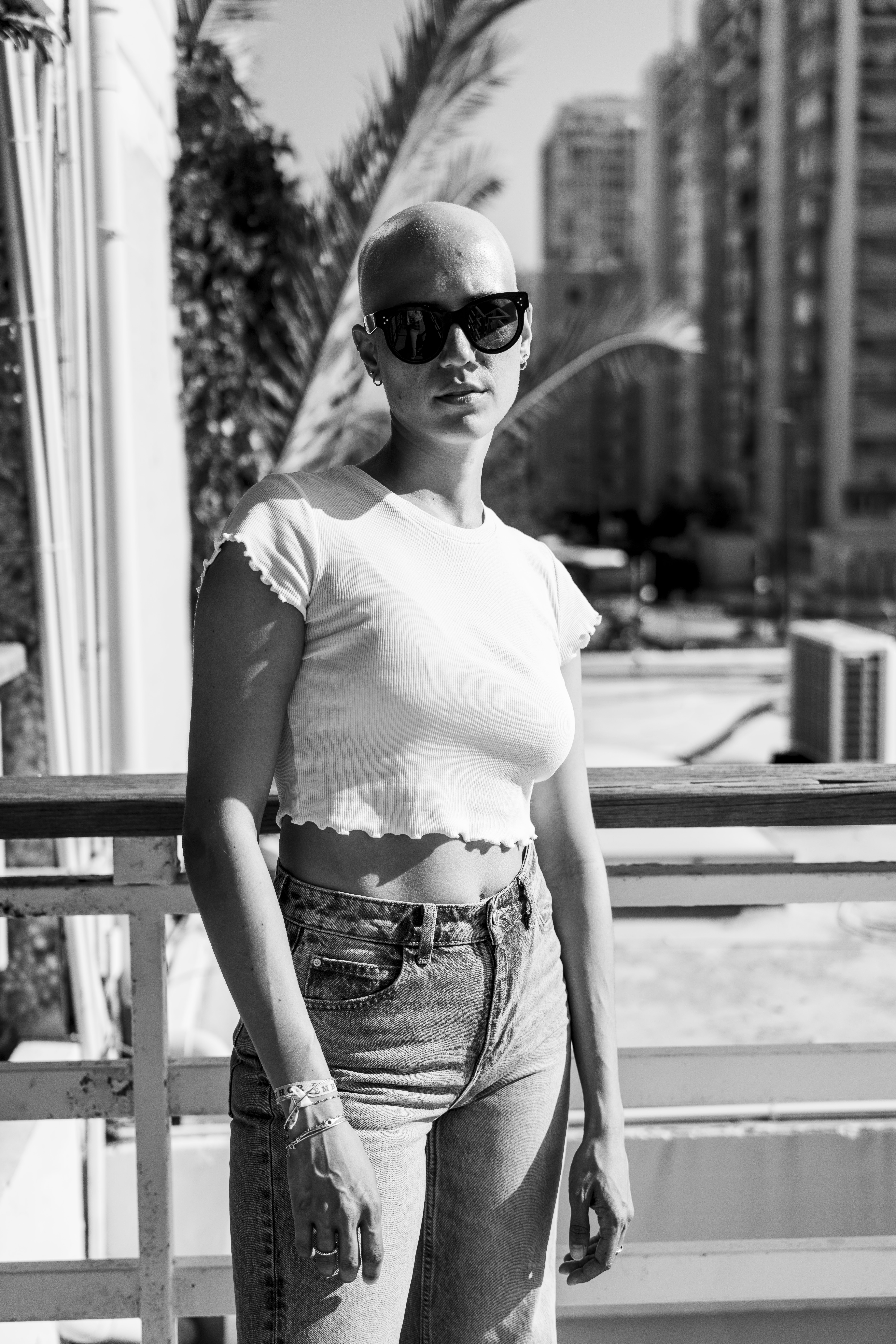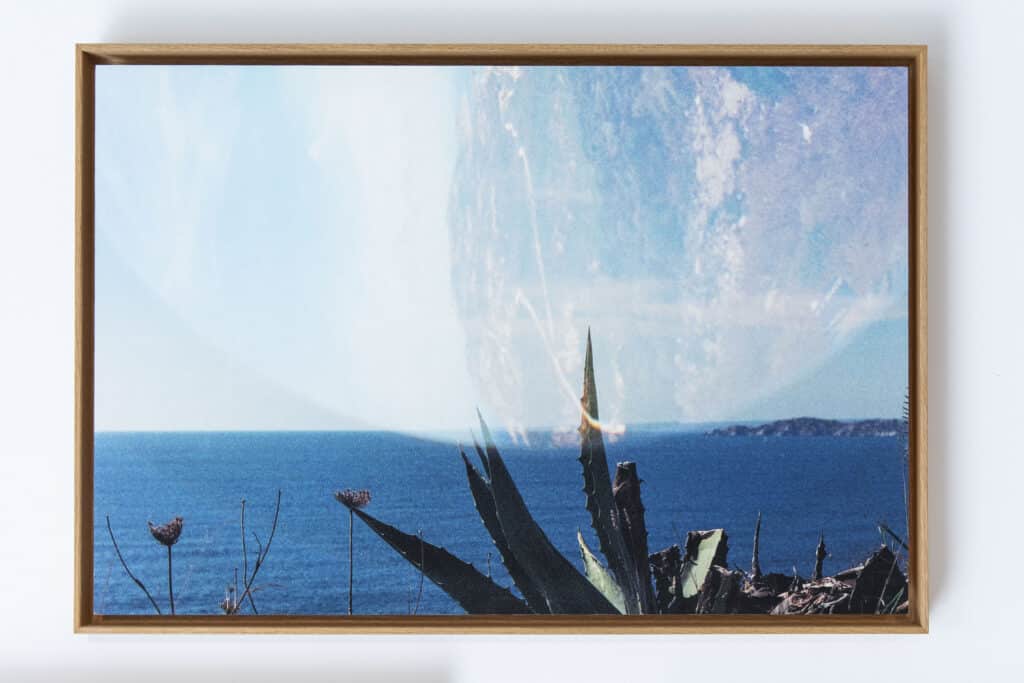Raconter vos histoires, révéler la singularité d’un lieu ou saisir la beauté discrète d’un instant, je construis chaque projet comme une expérience sur-mesure, attentive et engageante.
Un projet ? Discutons-en !

Portraits BtoB

Évènementiel

Portraits Lifestyle

Artistique